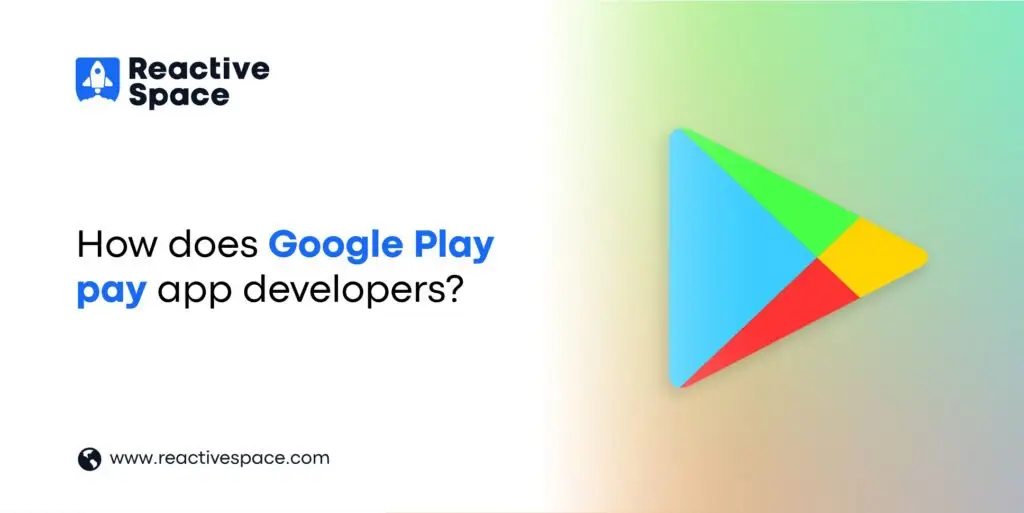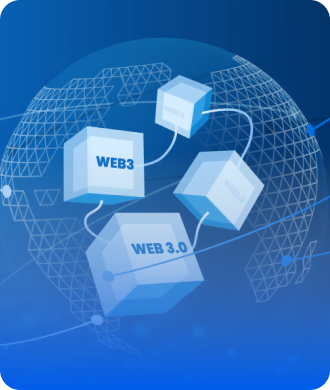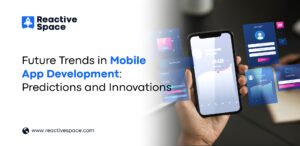
The Google Play Store is a key platform for app developers aiming to reach millions of Android users globally. Knowing how to get paid through the Play Store is essential for developers. This blog will explain the payment methods, from setting up the account to understanding its payment methods.
Why You Need to Register Google Play Console Developer Account
It is essential for developers because it provides a central platform to manage and distribute their apps on the Google Play Store. With this account, developers can upload new versions of their apps, monitor performance metrics, and respond to user feedback. Additionally, it allows to monetize apps through various methods like selling apps, offering in-app purchases, and displaying ads. The account also offers analytics tools to track app performance and user engagement, allowing them to optimize their apps for success.
Setting Up a Google Play Console Developer Account
You need to set up an Android developer account to start earning from your apps. Here’s a step-by-step guide:
- Sign Up: Visit the Google Play Console and sign in with your Google account.
- Register as a Developer: Follow the instructions to register, and pay a one-time fee of $25.
- Complete Your Profile: Enter the required details like your developer name and email address.
- Set Up Payment Profile: Go to “Payment Settings” and provide your business and tax information to set up your payment profile.
Google Play Payment Methods
Once your account is set up, you need to understand the payment methods it offers to developers:
- Electronic Funds Transfer (EFT): This is the most common method, where your earnings are directly deposited into your bank account. Ensure your bank account details are correctly set up in your payment profile.
- PayPal: In some regions, you can choose to receive payments through PayPal, offering more flexibility for those who prefer it over bank transfers.
- Credit & Debit Card: Credit and debit cards can be a source of payment and are an easy-to-use method.
Earnings Calculation and Payment Cycle
The Google Play Store uses a revenue-sharing model. Normally, It takes 30% of app sales and in-app purchases, and developers get 70%. For subscription services, its share drops to 15% after the first year of a recurring subscription.
Payment Cycle
The payment cycle consists of 3 basic components:
- Monthly Recurring Payments: Google sends out monthly payments, but you need to reach the minimum payment threshold, which varies by country (usually around USD 100).
- Payment Timing: Payments are processed and sent within 15 days after the end of each month. For example, earnings from January are paid out by mid-February.
- Earnings Reports: You can access detailed earnings reports, which help you track your revenue and understand how you’re earning.
Using the Google Developer Console
It is a vital tool for overseeing your apps and keeping tabs on your finances. Here’s what you can accomplish with it:
- Sales Tracking: Keep an eye on your app sales, in-app purchases, and subscription earnings.
- Performance Analysis: Utilize analytics to grasp user actions and app effectiveness.
- Subscription Management: Take care of subscription plans, including special offers and pricing adjustments.
- Payment Setup: Manage your payment methods and review past transactions.
Optimizing Revenue on Google Play
To optimize your earnings, try out these tactics:
- Freemium Approach: Provide a free version of your app with the option for users to make in-app purchases or subscribe.
- Ad Placement: Incorporate Google AdMob to show targeted ads within your app and earn revenue from views and clicks.
- Consistent Updates: Ensure your app stays fresh with regular updates, introducing new features and fixing bugs to keep users engaged.
- Listen to Users: Pay attention to user feedback and make necessary enhancements to improve the app experience and increase ratings.
Common Issues and Troubleshooting
Some common issues can be faced during the process. It includes:
Payment Problems
- Incorrect Bank Information: Make sure your bank details are correct to prevent payment errors.
- Not Reaching the Minimum Amount: If you don’t earn enough to meet the minimum payout threshold, your earnings will carry over to the following month.
Account Issues
- Account Suspension: If you violate the policies, your account may get suspended. Follow the rules to prevent this from happening.
- Verification Process Delay: It may take time to complete the verification process for your payment profile. Ensure all details provided are accurate and complete.
Conclusion
Understanding how Google Play pays developers is crucial for successful app monetization. By setting up your account correctly, choosing the right payment method, and using the features of the Google Developer Console, you can efficiently manage and maximize your earnings. Staying informed about the policies and updates ensures compliance and allows you to take full advantage of the platform’s opportunities.
Developing apps for the Play Store can be profitable, but it requires diligence and strategic planning. Continuously improve your app, engage with your users, and stay updated with the latest trends and policies to make the most of your Google Play developer experience.
How Can Reactive Space Help You With Mobile App Development?
Reactive Space is a premier mobile app development company dedicated to helping clients harness the latest technologies for maximum ROI. We drive innovation by creating extraordinary experiences through cutting-edge business apps. With a portfolio of over 1000 successful app deliveries across various industries, we transform your vision into reality.
Connect with our industry experts today to learn how Reactive Space can help your business achieve its goals.



